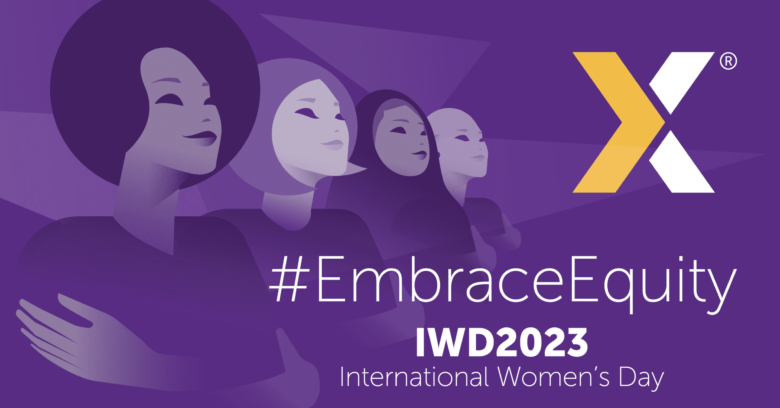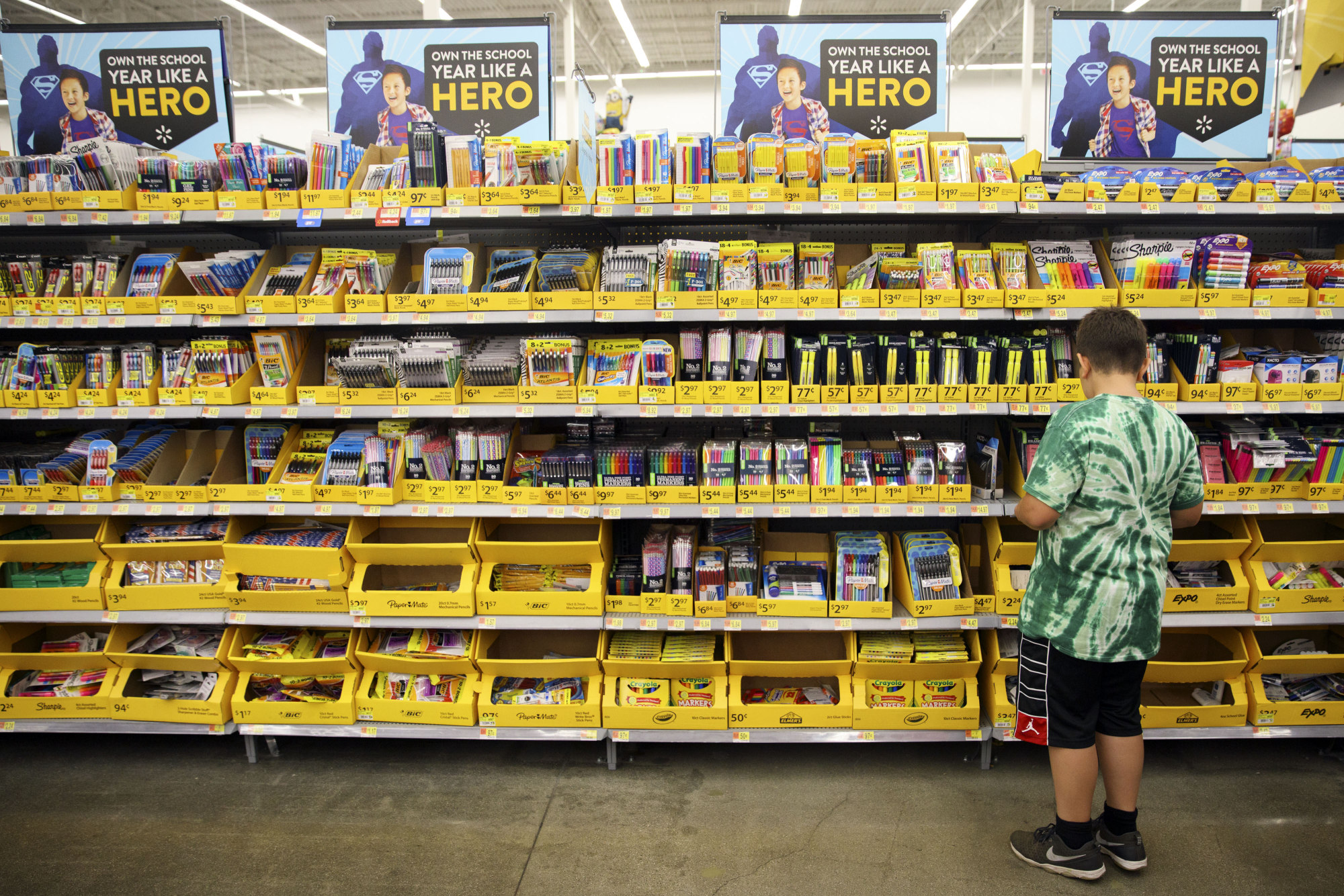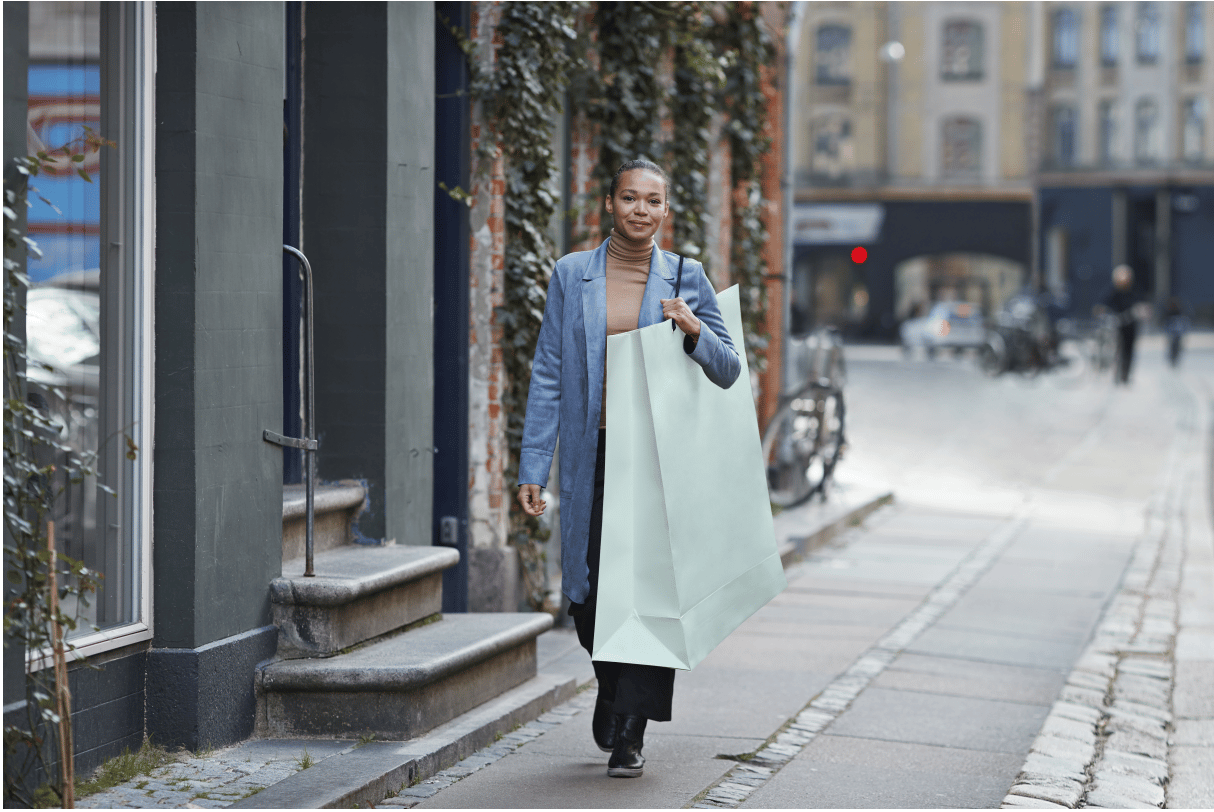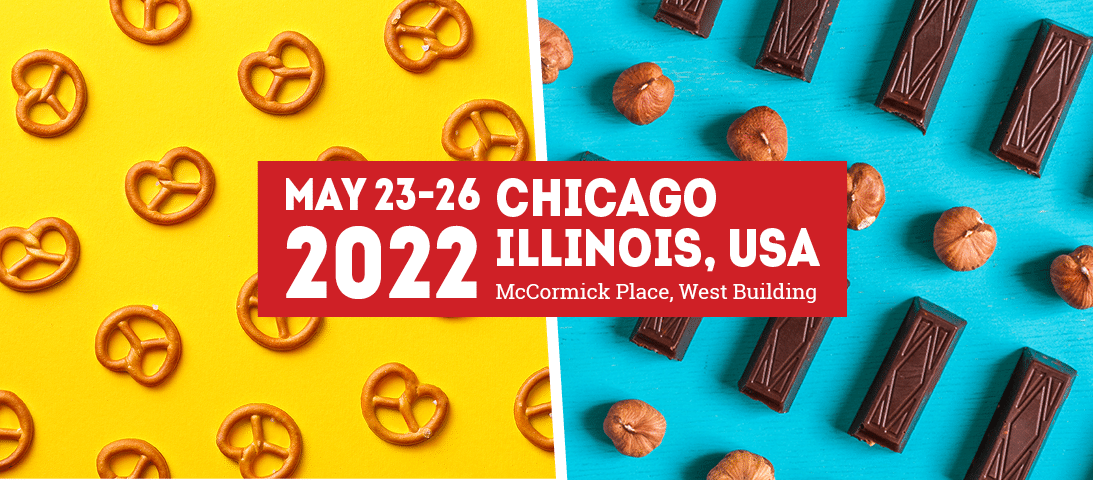International Women’s Day is a day to recognize and honor the social, economic, cultural, and political contributions of women throughout history, in the present day, and will continue to do so in the future. It is a time to reflect on the progress that has been made toward gender equality and to acknowledge the work that still needs to be done. This year, IWD is all about #embracingequity. This isn’t just a hashtag for this year’s theme, this means recognizing and addressing the systemic barriers and discrimination that women face in all areas of life, including education, employment, healthcare, and politics. Embracing equity for women requires a commitment to creating a world where women have equal opportunities and access to resources, where their contributions are valued and celebrated, and where their voices are heard and respected. At Shopkick, by Trax, we’re celebrating International Women’s Day by showcasing our Fearless Female (as we like to call them) team members’ voices through a month packed with activities and forums where women can share their experiences and insights.
To kick this amazing day off, we thought we’d ask some of the women that are supporting Shopkick to be the best shopping engagement app, how they strive to be the best women leaders at home, at work, in their community and in their free time. See what they have to say below.
How do you empower yourself every day?
“I wake up with a glass nearly full mentality and a positive outlook for the possibilities of what each new day may bring; I keep connected to amazing friends, even if only sharing a text to say hello. I can honestly say I have best friends from a very very young age and have added my friends throughout every phase of my life. I wouldn’t be who I am without my girls!” – Pauline Echols, Senior Account Director (based in North Carolina)
“By pushing myself out of my comfort zone, having a positive attitude, and being consciously kinder to myself. I find that the more self-care I have, the more empowered I become.” – Sarah Roberts, Visual Designer (based in Texas)
“I set daily goals to accomplish and check them off my to-do list. There is something about checking even the smallest things off a list that helps make you feel like you conquered the day.” – Allison Kaminski, Regional Director (based in Illinois)
If you could have dinner with any 3 women (dead or alive), who would it be?
“RBG because she spent her life standing her ground in the face of sexism and has paved the way for so many women that have come after her. Lucille Ball because I grew up watching I Love Lucy (thanks to my mom). Not only was she brilliantly funny, but she also proved you can do it all in terms of balancing a demanding career and motherhood. Mariah Carey because she is one of the greatest singers of all time, boasting the most number one hits as a solo artist, female songwriter & female producer. Also, I think she would be a very entertaining dinner guest after a glass of wine or two .” – Joanna Riggio, Sr. Sales Planning Manager (based in New York)
“Michelle Obama, Rihanna, and Oprah Winfrey. Their stories of strength and navigating men-dominated fields, not only as women but as women of color, would be fascinating.” – Maria Baez, Content Creator (based in California)
“Oprah – she has overcome so much in her life and heard stories from people of all walks of life. Queen Elizabeth – so much to be learned from the example she set becoming a young woman in leadership with a position that was previously held by men. Brittany Mahomes – this one is just fun! I love how real and down to earth she is. I think we’d be friends :).” – Lauren Jester, Vice President, CPG & Retail Partnerships (based in Arkansas)
“Michelle Obama – she is incredible in many ways, a brilliant mind, a kind human, a great mother, a great wife, a fashion icon, and a powerhouse of a presence! Dame Joan Sutherland – my favorite voice of all time, a woman who was immensely talented but didn’t have the looks to open her doors to the theatrical world. She became world-renowned yet remained kind and always lifted other women around her. Laskarina Bouboulina – an unlikely leader during the worst times, she became a naval commander by chance and with pure grit. I am her descendant and would love to hear about her journey into commanding a fleet fighting for her country’s freedom, but also learn about our lineage.” – Helen Pastras, Lead Product Manager (based in North Carolina)
“DOLLY PARTON (I would cry), Amanda Gorman and Tara Schuster” – Sarah Roberts, Visual Designer (based in Texas)
What’s some advice you’d give younger women entering the workforce?
“Enjoy the journey and live in the moment when it comes to work. My younger self was always so eager to advance, to get ahead, to go in early and stay super late sometimes at the expense of a healthy work/life balance. Thankfully I have evolved from that and am enjoying a very healthy work/life balance as part of an organization that embraces #equity, bringing your whole self to work and where I strive to live in the moment!” Stella Araya, Senior Director, Partnerships (based in New Jersey)
“BE CONFIDENT! Women deserve it all too, so the most important advice I would give is to not cut yourself short, ask for what you deserve, and keep learning. Especially when just entering the workforce. I would also tell them to not be afraid to change their career paths, or to explore different ones, until they find something they actually like.” – Nancy Awad, Manager, User Analytics (based in Toronto, Canada)
“Relationships are everything. Embrace every role with the philosophy that you’ll work with those people again someday- treat people with respect, work hard and build a good reputation for yourself.” – Lauren Jester, Vice President, CPG & Retail Partnerships (based in Arkansas)
“Never be afraid to speak up or ask questions! Nobody at your job knows everything, and I promise that if you have a question about something, you aren’t the only one. Asking questions is a sign you are engaged and are trying to learn, which is always a great thing.” – Joanna Riggio, Sr. Sales Planning Manager (based in New York)
What can men do to help #embraceequity?
“I believe men can help to #embraceequity by using their actions and voice to advocate for their female counterparts, as well as showing support to the women in their lives by listening and setting good examples for future generations.” – Maria Baez, Content Creator (based in California)
“I have been so lucky to work with men throughout my career that #embraceequity, but of course, I have still had my fair share of negative experiences. What I think men can do to help is to not be afraid to speak up if they notice any inequality happening, and of course to always look inwards and reflect their own behaviour, and ask themselves if they are giving everyone the same opportunities and chances to learn, be heard and grow.” – Nancy Awad, Manager, User Analytics (based in Toronto, Canada)
“Actively listen to women’s perspectives and acknowledge their point of view and experiences.” – Allison Kaminski, Regional Director (based in Illinois)
“Several things need to happen to eventually lose the stereotypes that still impact women in myriad ways. I’d start with the common but immensely useful: think of your female coworkers as if they are your daughters or mothers. How would you want others to talk to them and think of them?
We are all humans with our flaws, and we will judge others. When judging, though, we should have the same standards for what is acceptable or annoying for everyone, regardless of gender identity or other differences.” – Helen Pastras, Lead Product Manager (based in North Carolina)
Strong female leadership is an integral part of Shopkick’s history, today and every day. As you can see in the responses above, #embracingequity is about recognizing the intersecting identities and experiences of women, including race, ethnicity, sexuality, ability, and socio-economic status, and working to address the unique challenges and barriers that these women face. We are so proud of our female leaders for who they at Shopkick, in their community, and at home. Here’s to each of you!!! Happy IWD.












